When things get tough, many of us often turn to books for new information, inspiration or simple entertainment. Well, we’ve got you covered on all three counts, with 14 great new environmental books coming out this month. The list includes books for eco-interested kids, dedicated activists and everyone in between.
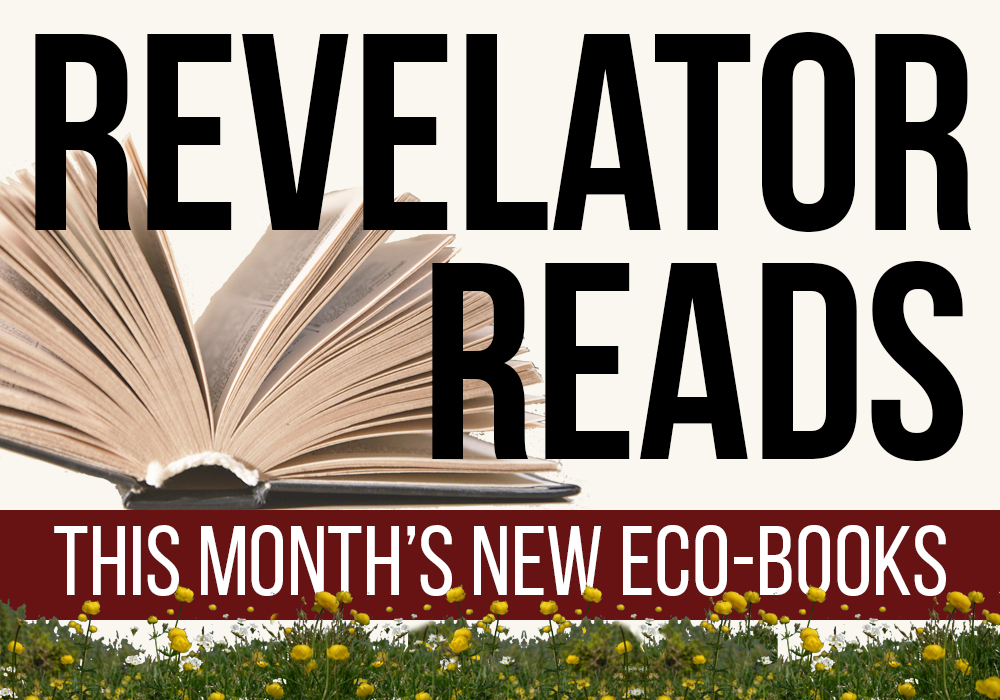 The publishing industry isn’t immune to the economic threats posed by the current pandemic. Most local bookstores and libraries have closed their doors to customers and patrons, and many authors have needed to cancel their planned promotional tours. Publishers themselves are feeling the pinch, and at least three additional books that would have appeared on our list this month have been pushed back to later in the spring or summer.
The publishing industry isn’t immune to the economic threats posed by the current pandemic. Most local bookstores and libraries have closed their doors to customers and patrons, and many authors have needed to cancel their planned promotional tours. Publishers themselves are feeling the pinch, and at least three additional books that would have appeared on our list this month have been pushed back to later in the spring or summer.
But we’re all adapting. Many publishers and bookstores will happily ship new books to you (or, in the case of local shops, offer curbside pickup). E-books may also be great options (they’re often available through publishers or your local library website). The links below go to publishers’ sites for each new book, which should provide you with a variety of options.
No matter how the books end up coming your way, may they offer the ideas and inspiration you need to keep you going and continuing to find ways to protect the planet.
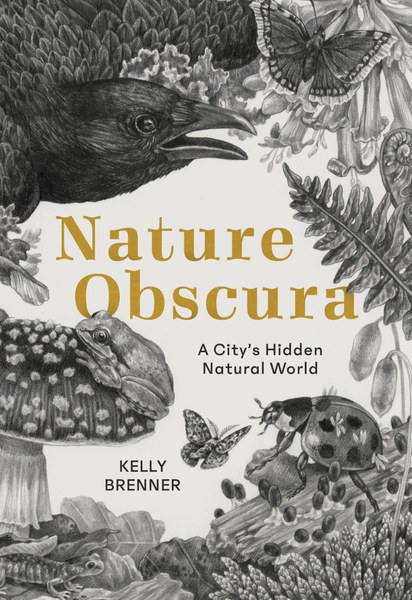 Nature Obscura: A City’s Hidden Natural World by Kelly Brenner
Nature Obscura: A City’s Hidden Natural World by Kelly Brenner
With many of us currently restricted to our homes or neighborhoods, now’s the perfect time to become a backyard naturalist (as we wrote recently). This magnificent book offers stories about the varied plants and wildlife that lives around us — even in the hearts of big cities — and ideas about how to make our urban ecosystems even wilder.
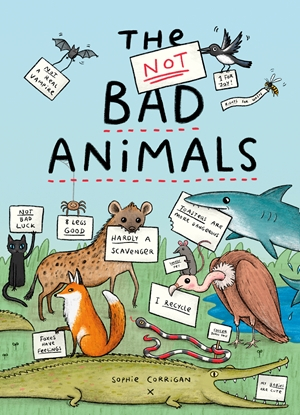 The Not BAD Animals by Sophie Corrigan
The Not BAD Animals by Sophie Corrigan
An utterly delightful kids’ book that tries (and succeeds) to soften the reputation of the critters “that make us squirm and wriggle in our seats,” but which, beneath their sharp teeth and odd habits, fulfill important roles in the world. You’ll never look at a spider or vulture the same way again.
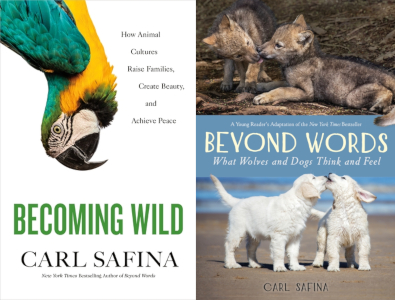 Becoming Wild and Beyond Words by Carl Safina
Becoming Wild and Beyond Words by Carl Safina
Two new books from the famed ecologist and bestselling author. The first, for adult audiences, examines “how animal cultures raise families, create beauty and achieve peace.” The second, for younger readers, adapts one of Safina’s earlier adult books and discusses the inner lives of wolves and dogs. Both are must-reads.
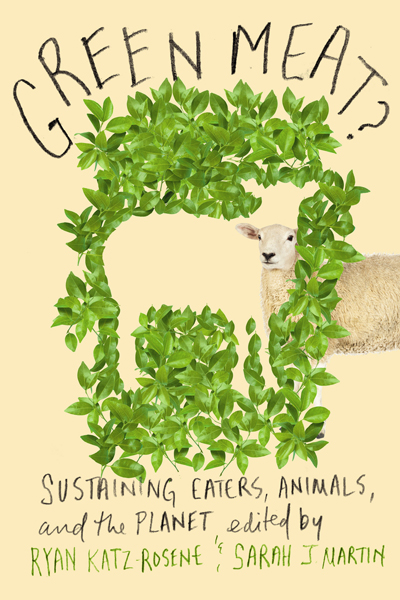 Green Meat? Sustaining Eaters, Animals and the Planet edited by Ryan M. Katz-Rosene and Sarah J. Martin
Green Meat? Sustaining Eaters, Animals and the Planet edited by Ryan M. Katz-Rosene and Sarah J. Martin
This book tackles some tough questions about meat, examining issues related to production and consumption through a wide and varied set of lenses. Throughout, the book and its contributors invite readers to examine what they eat, where it comes from and how it’s produced. You won’t find easy answers inside, but it’ll give you something to chew on.
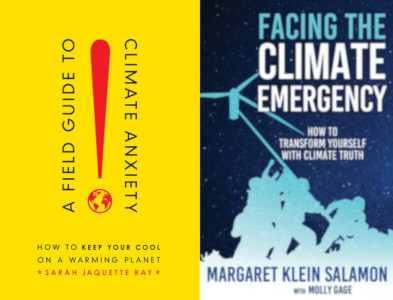 A Field Guide to Climate Anxiety by Sarah Jaquette Ray and Facing the Climate Emergency by Margaret Klein Salamon
A Field Guide to Climate Anxiety by Sarah Jaquette Ray and Facing the Climate Emergency by Margaret Klein Salamon
“Climate grief” is both real and draining. These two complementary titles offer readers some great psychological tools necessary to keep going in these trying times — and beyond. Field Guide is aimed more at young adults (“the climate generation”), but both books provide key tips for turning your negative emotions into powerful action.
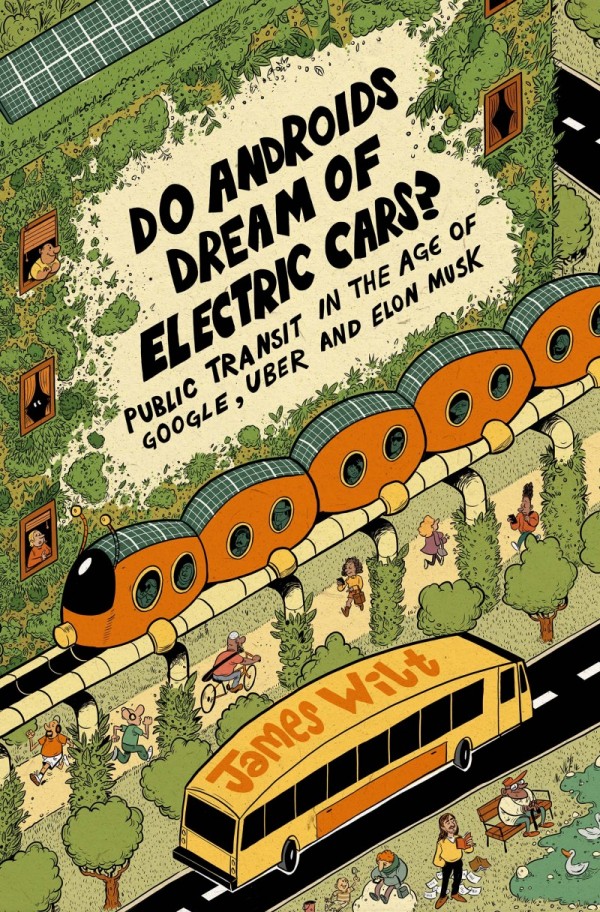 Do Androids Dream of Electric Cars? Public Transit in the Age of Google, Uber and Elon Musk by James Wilt
Do Androids Dream of Electric Cars? Public Transit in the Age of Google, Uber and Elon Musk by James Wilt
Public transportation was already in crisis before the pandemic, thanks in no small part to the Koch brothers’ assault on local transit systems. Things could get even worse now, with ridership in trains and busses on the decline while we maintain safe distance from each other, a trend that could undermine critical low-carbon transportation initiatives. This book, which addresses issues ranging from transit to electric cars to ridesharing, aims to provide a model for a greener future.
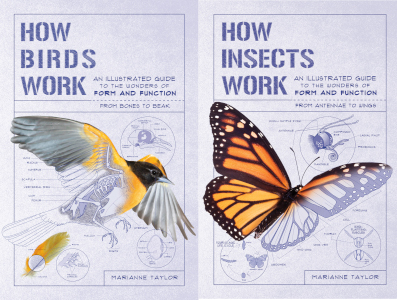 How Birds Work and How Insects Work by Marianne Taylor
How Birds Work and How Insects Work by Marianne Taylor
These two heavily illustrated science books provide great insight into both intriguing groups of species. Taken together or individually, they may offer hours of fun educational opportunities in this era of home-schooling.
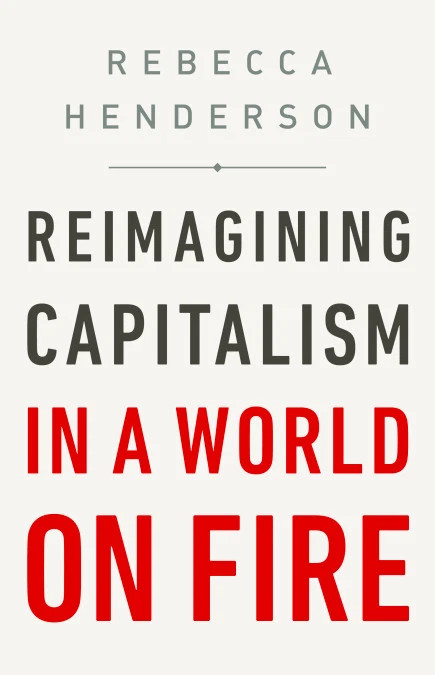 Reimagining Capitalism in a World on Fire by Rebecca Henderson
Reimagining Capitalism in a World on Fire by Rebecca Henderson
The pandemic reinforces the tragic reality that our systems are terribly broken. Many experts and activists feel that this crisis — which comes on top of the already existing climate and wildlife crises — also provides an opportunity for change. This book offers an ever-so-timely economic model, along with working examples, for a safer and more just future. (Expect several more books on similar topics in the months ahead.)
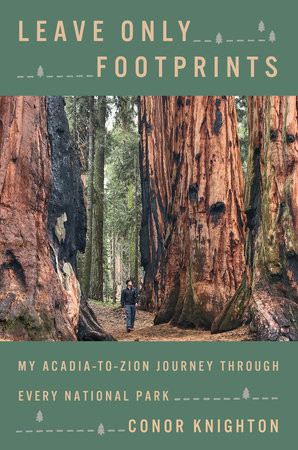 Leave Only Footprints: My Acadia-to-Zion Journey Through Every National Park by Conor Knighton
Leave Only Footprints: My Acadia-to-Zion Journey Through Every National Park by Conor Knighton
We probably shouldn’t personally be visiting national parks during the pandemic, but here’s the next best thing. This thoroughly delightful travelogue (from a CBS Sunday Morning correspondent) brings national parks to you and delivers a deeply personal and revelatory take on what makes America’s natural spaces so important.
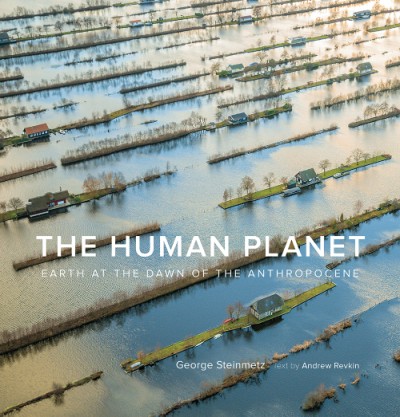 The Human Planet: Earth at the Dawn of the Anthropocene by George Steinmetz and Andrew Revkin
The Human Planet: Earth at the Dawn of the Anthropocene by George Steinmetz and Andrew Revkin
Steinmetz is renowned for his aerial photography projects, which often capture the stark reality of climate change, agriculture and sea-level rise. Revkin is a prominent environmental journalist and educator. Together they’ve delivered a beautiful, haunting coffee-table book that provides a powerful portrait of the ways we’re changing the planet.
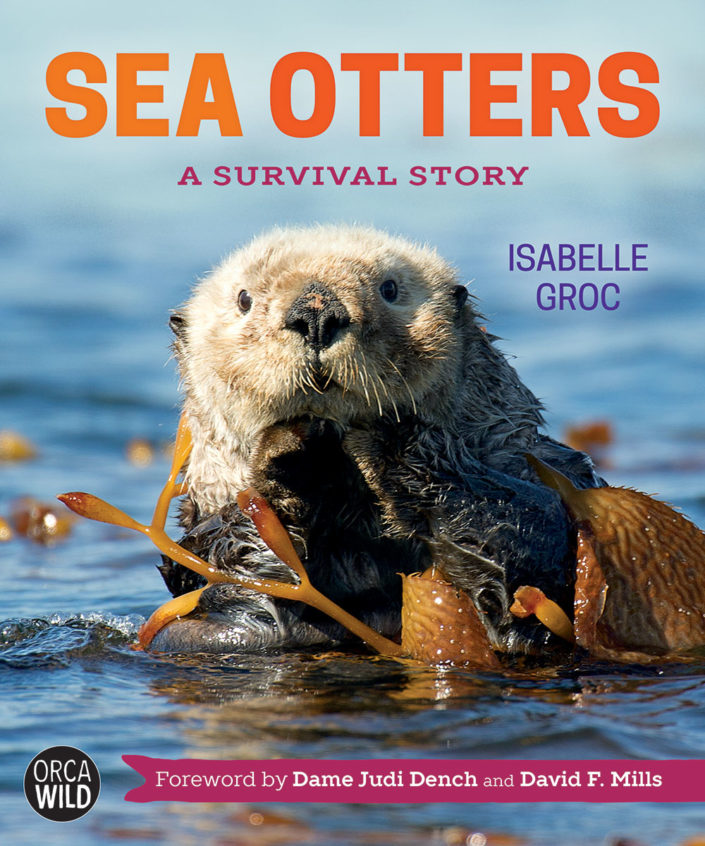 Sea Otters: A Survival Story by Isabelle Groc
Sea Otters: A Survival Story by Isabelle Groc
Your required dose of cuteness combined with important conservation messages, all wrapped up in a fun and heavily illustrated book for teen readers. Dame Judy Dench provides the foreword, which may be the most unexpected fact in this whole column.
That’s it for this month. Stay safe and stay tuned for another batch of books on May’s list in a few short weeks. Until then you can find dozens of additional eco-books in the “Revelator Reads” archive.

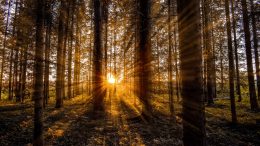

1 thought on “14 Inspiring New Environmental Books to Read During the Pandemic”
Comments are closed.